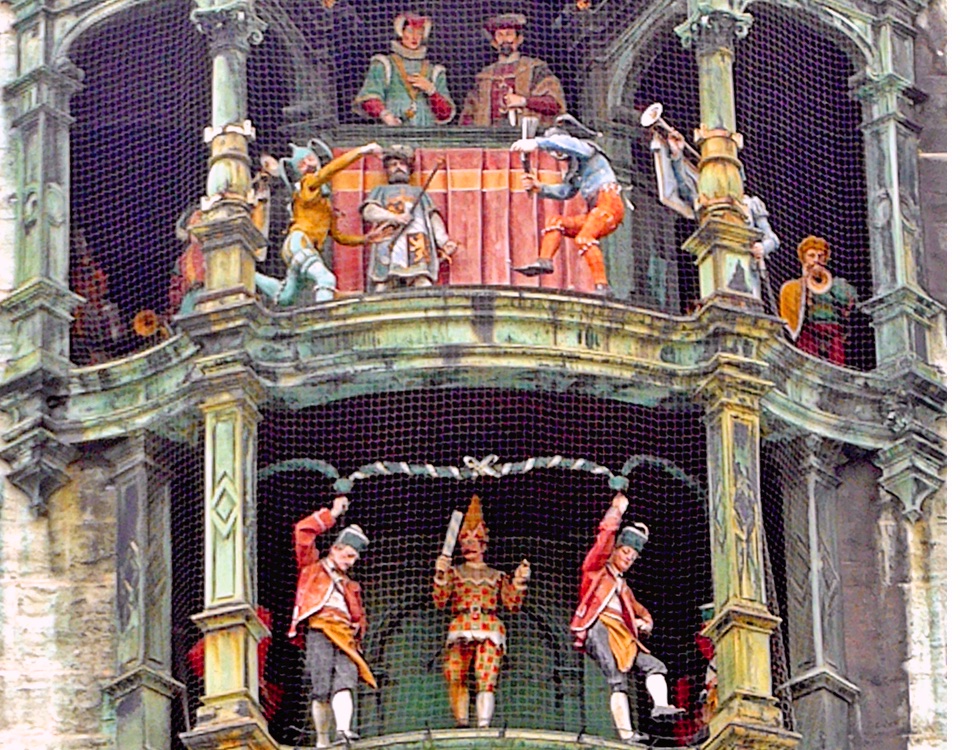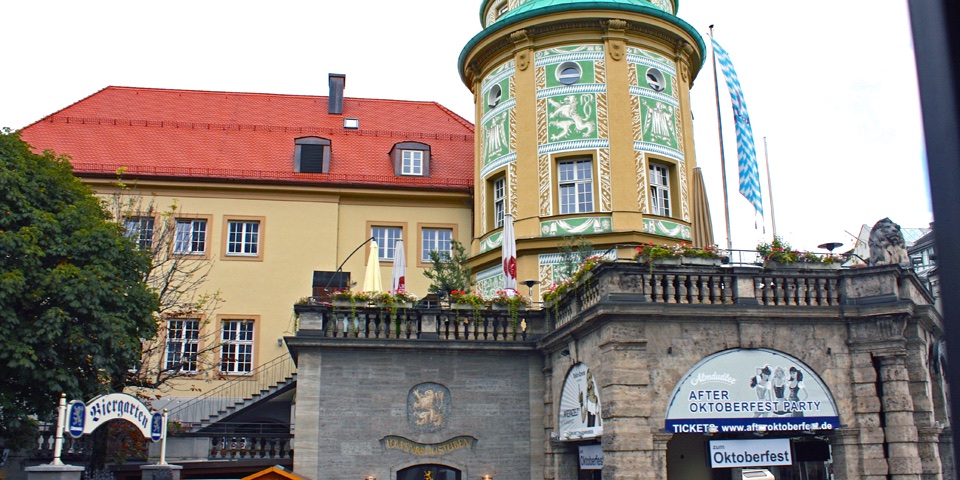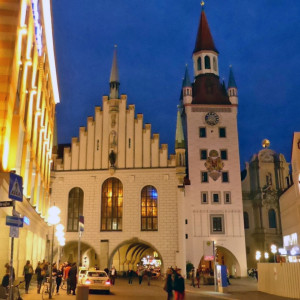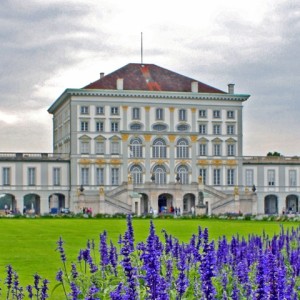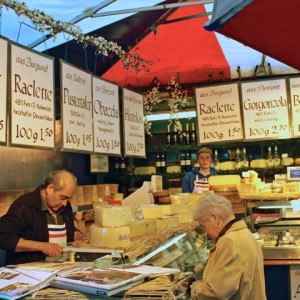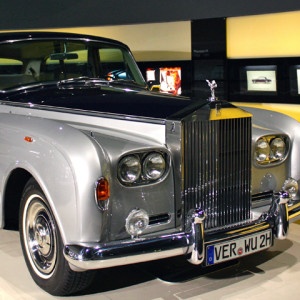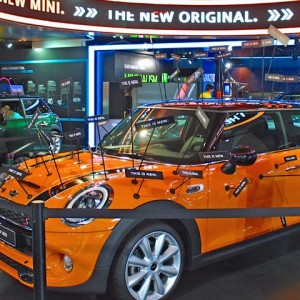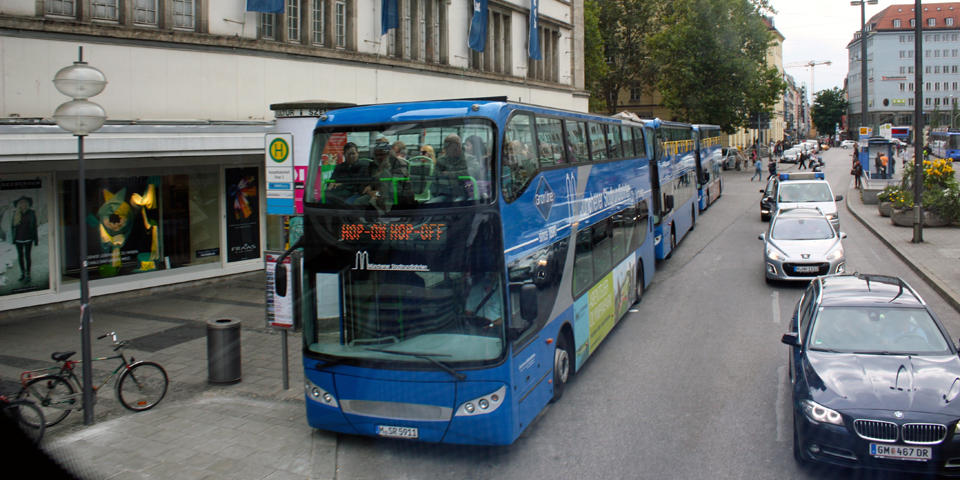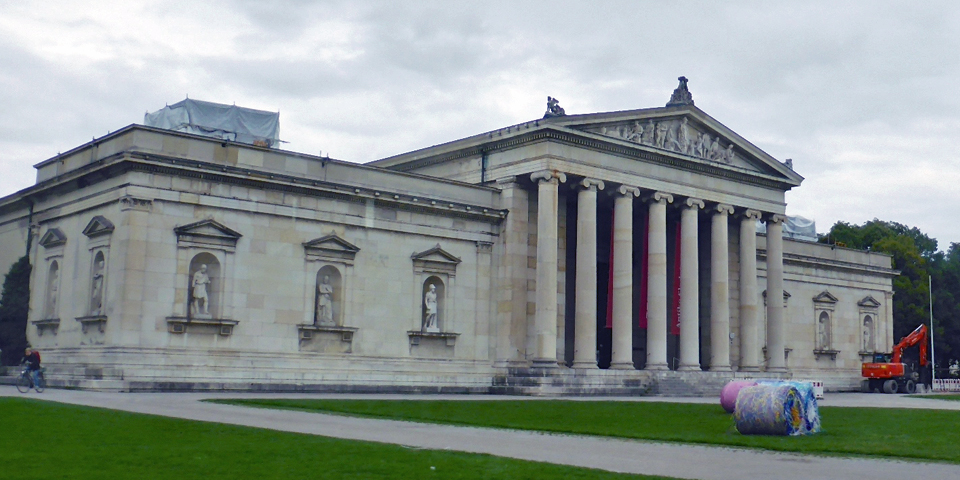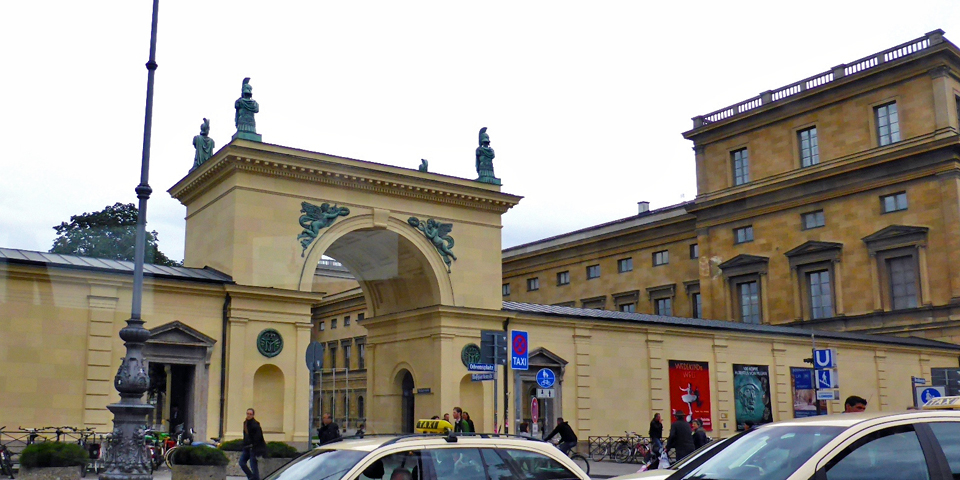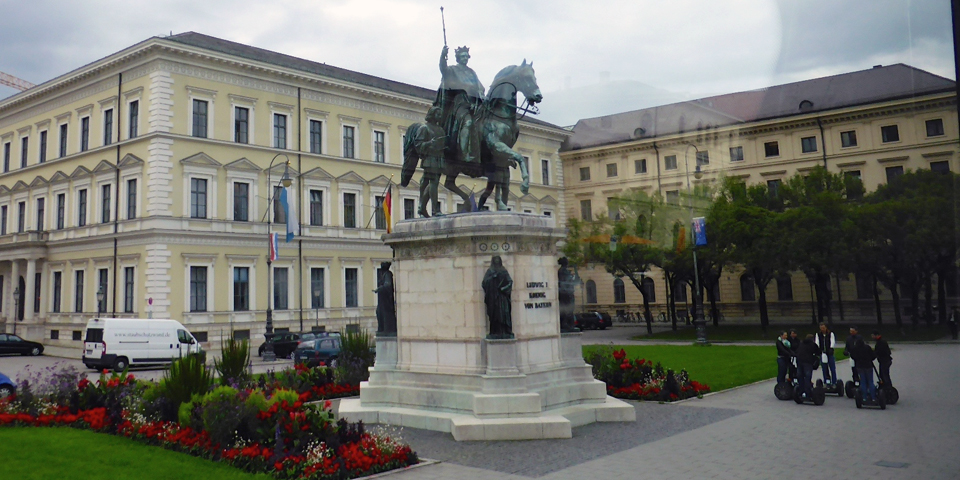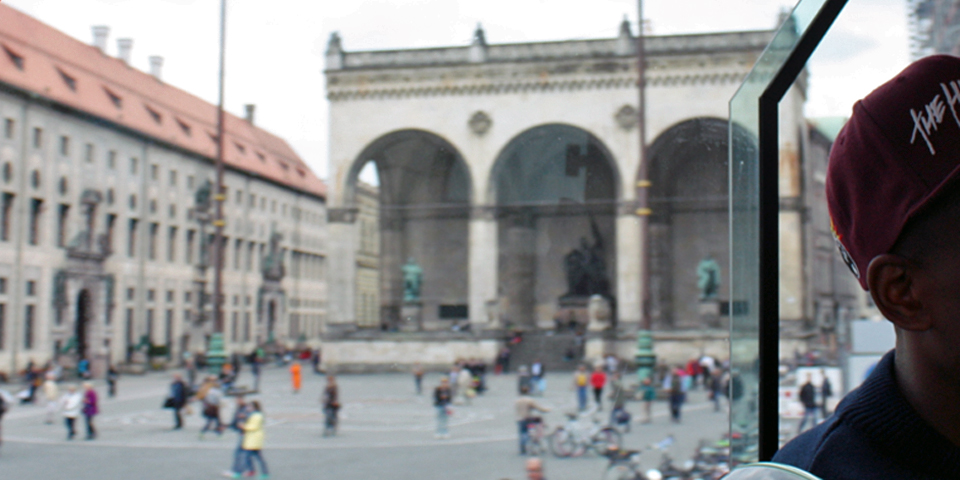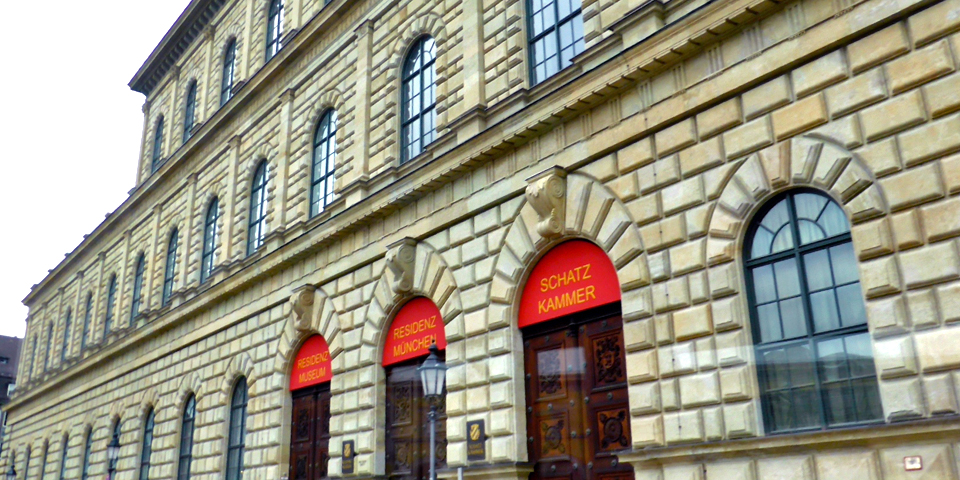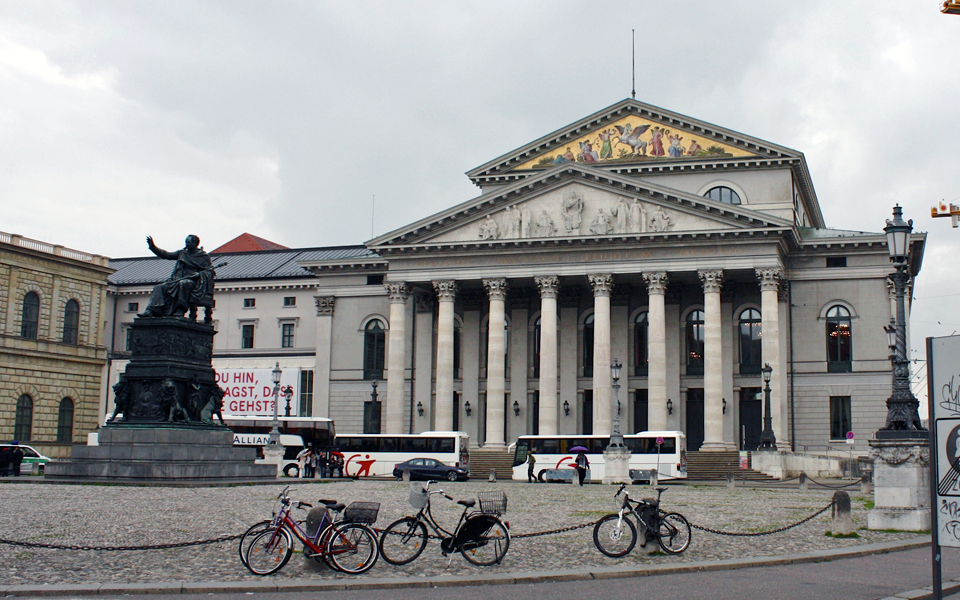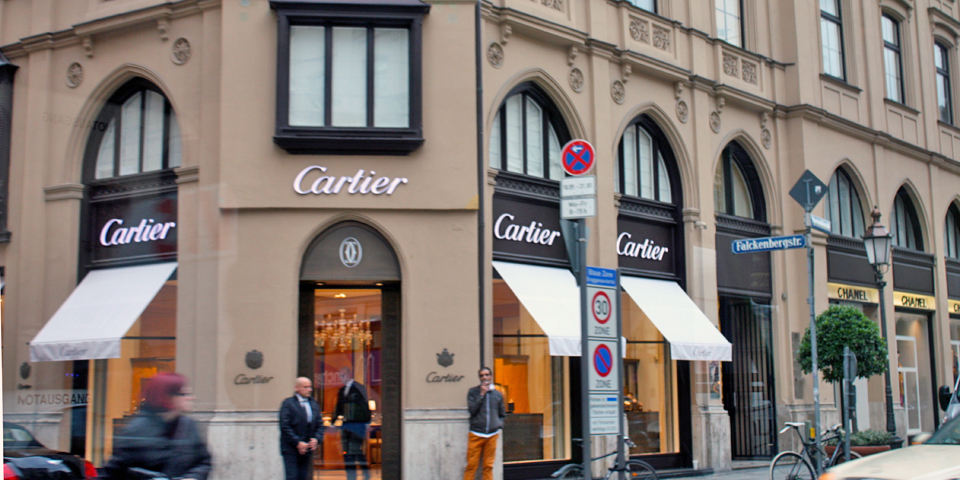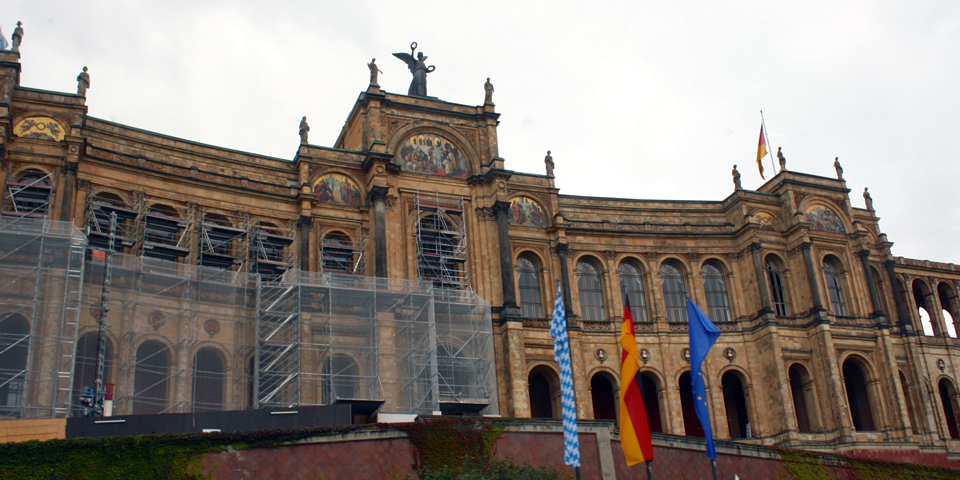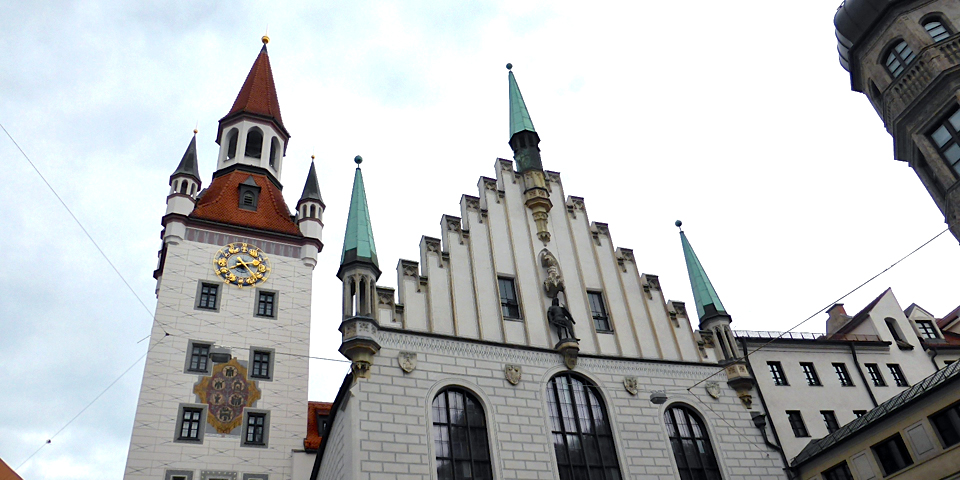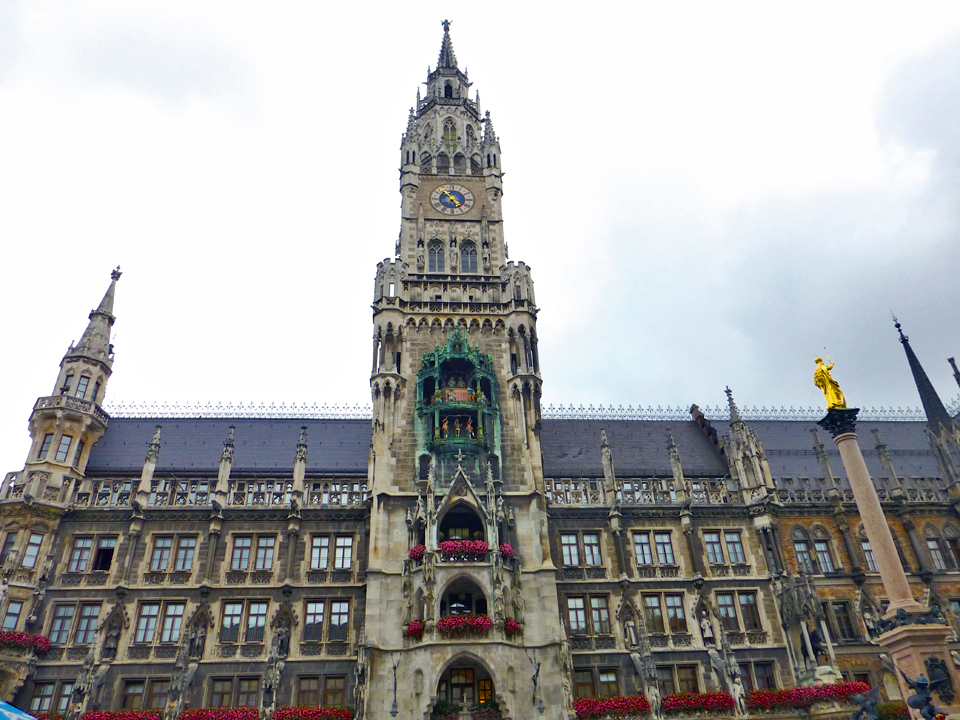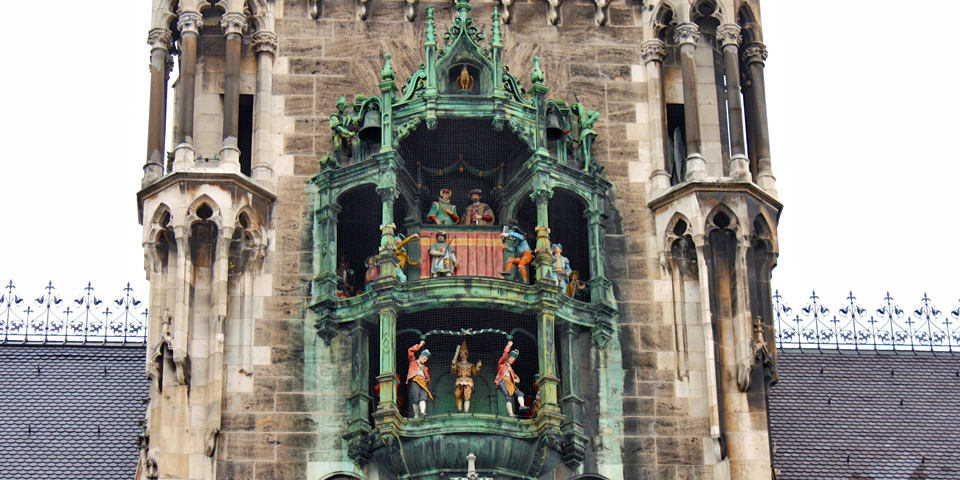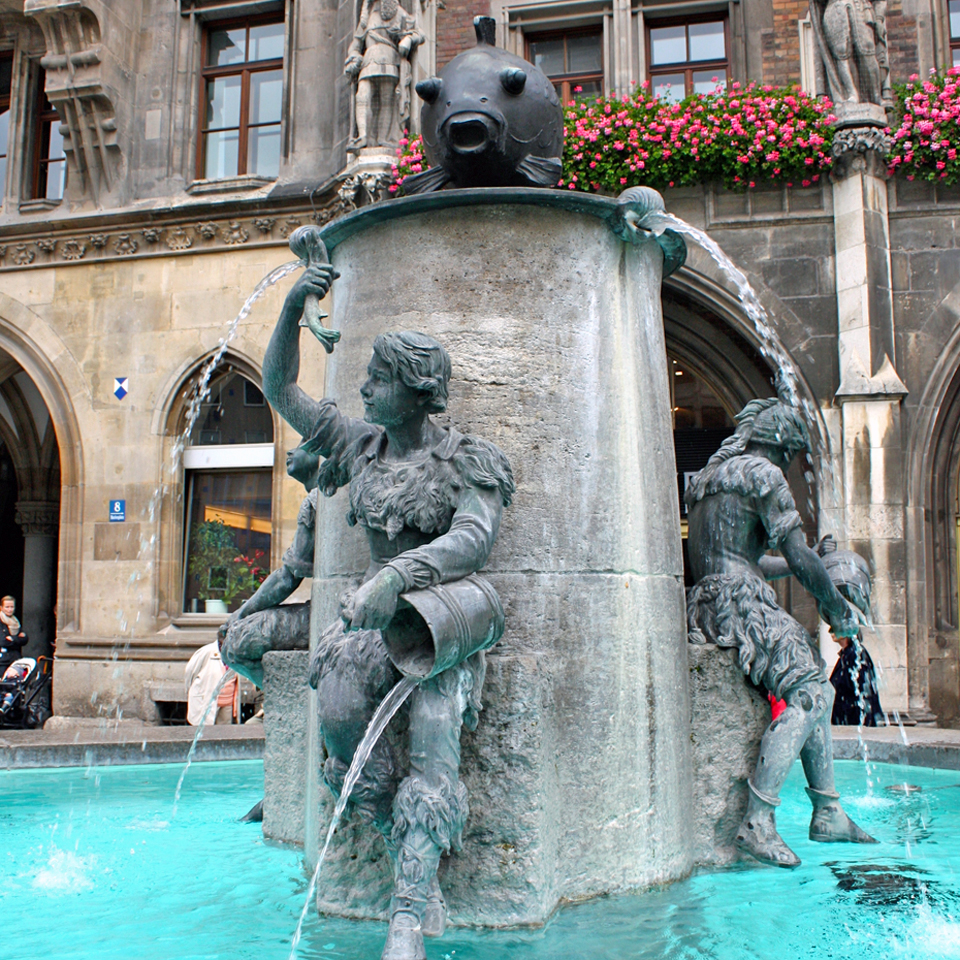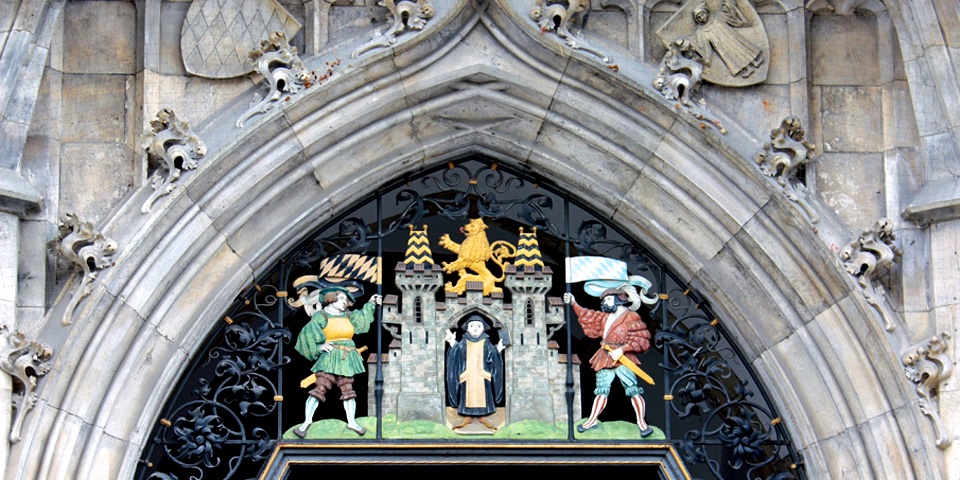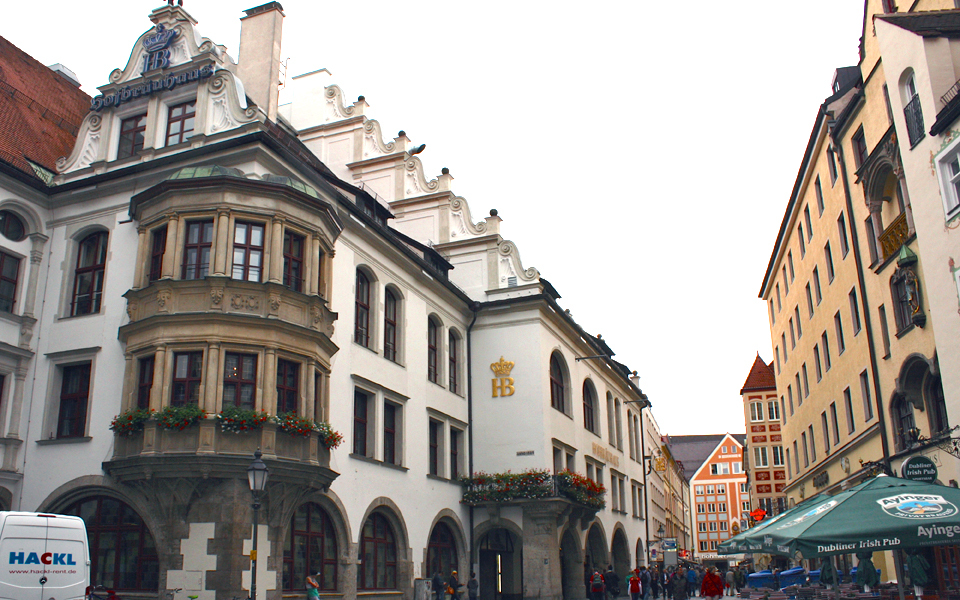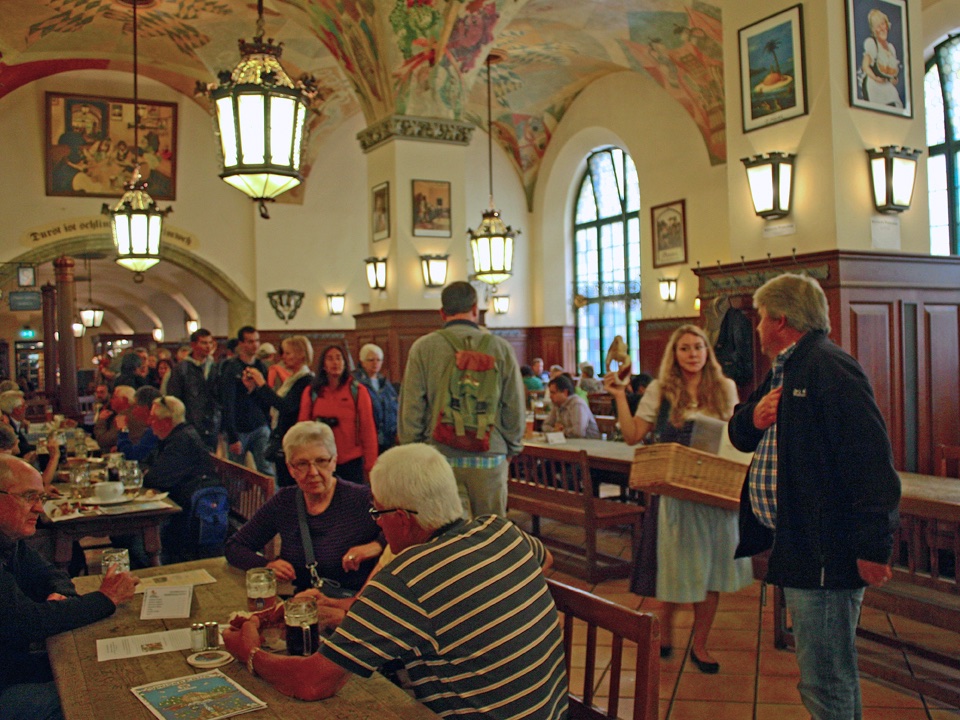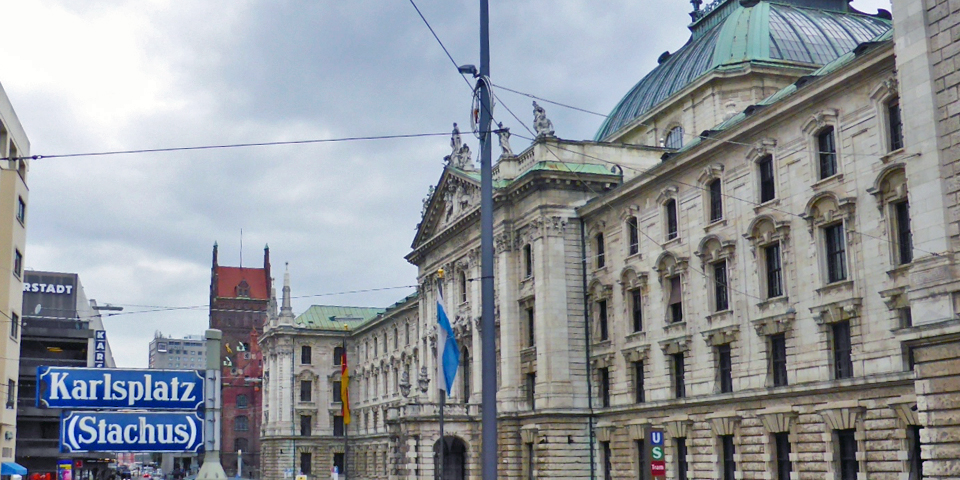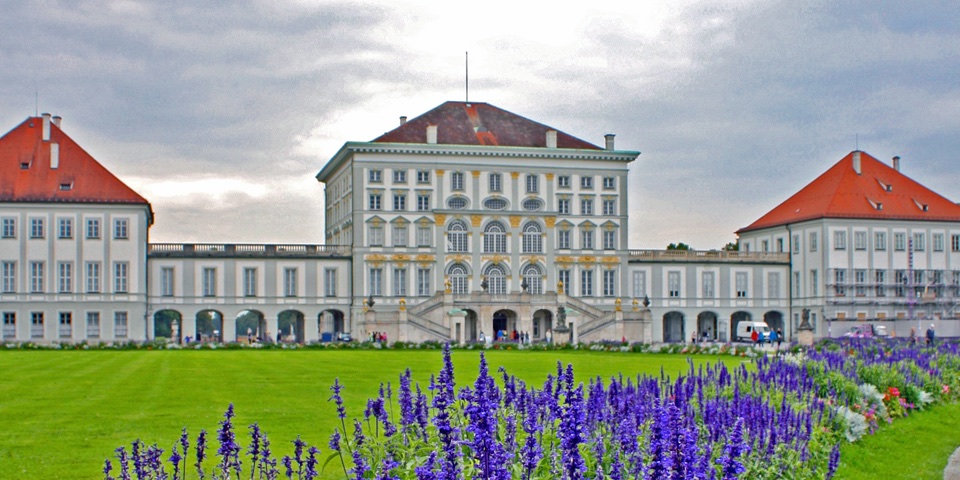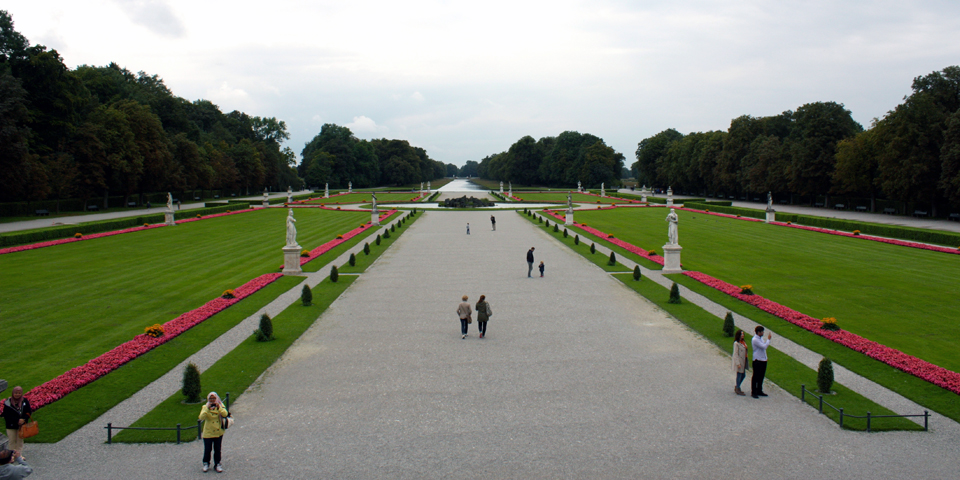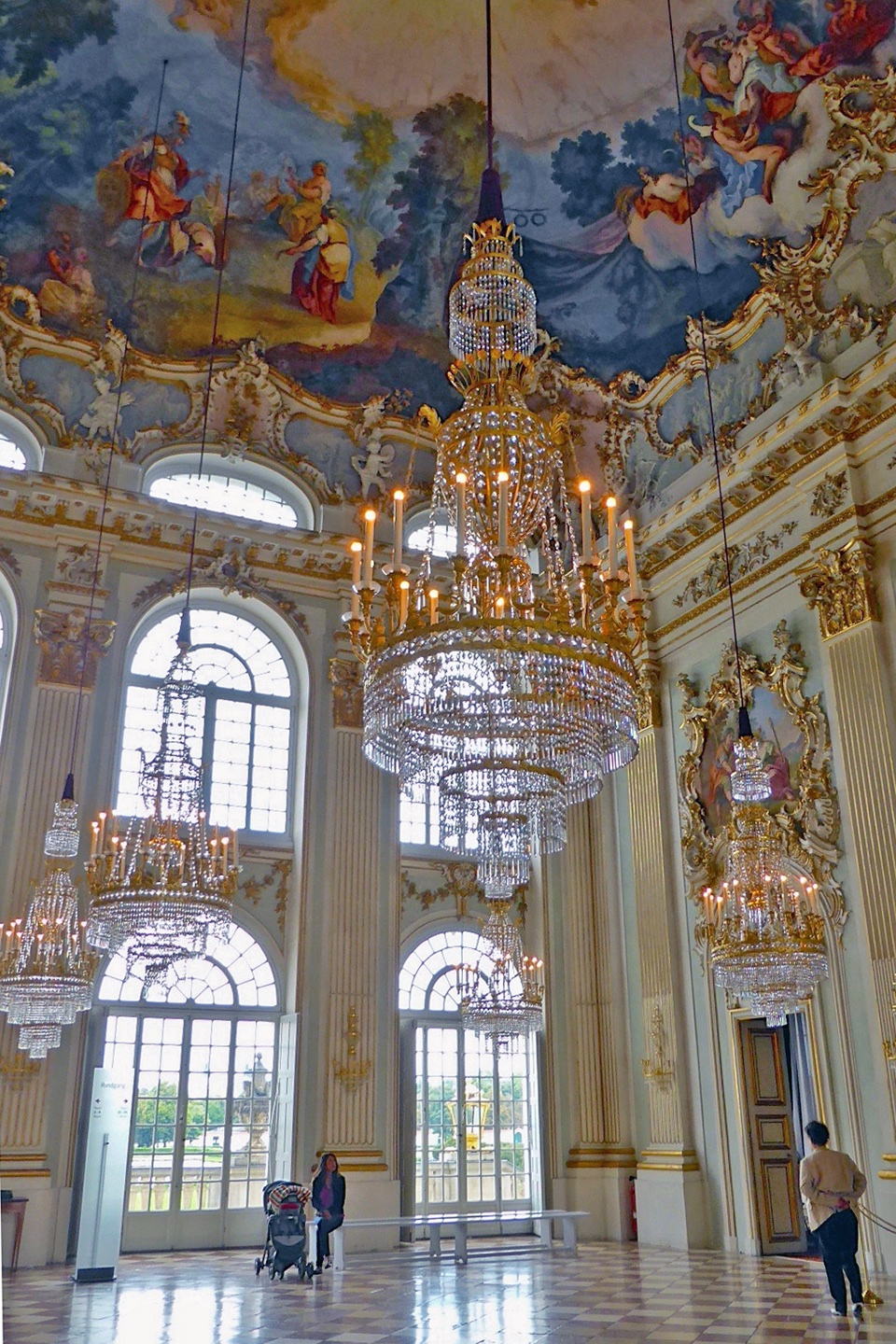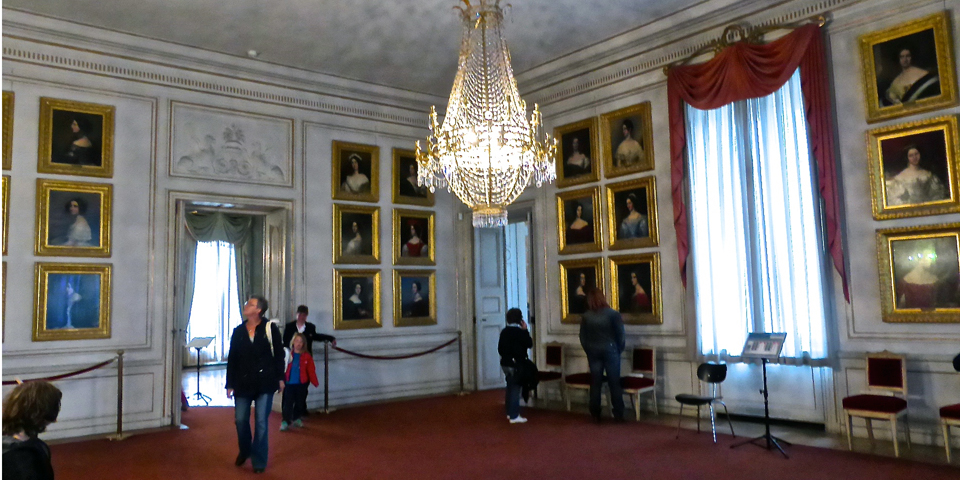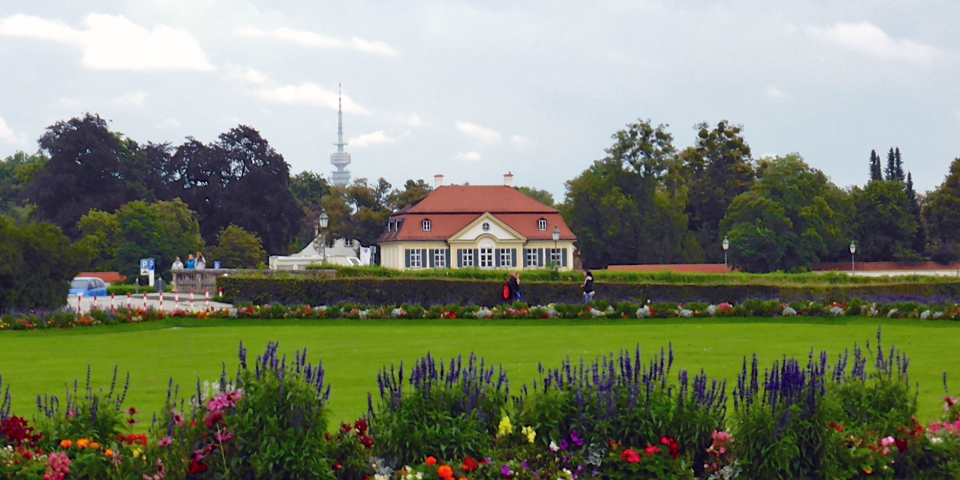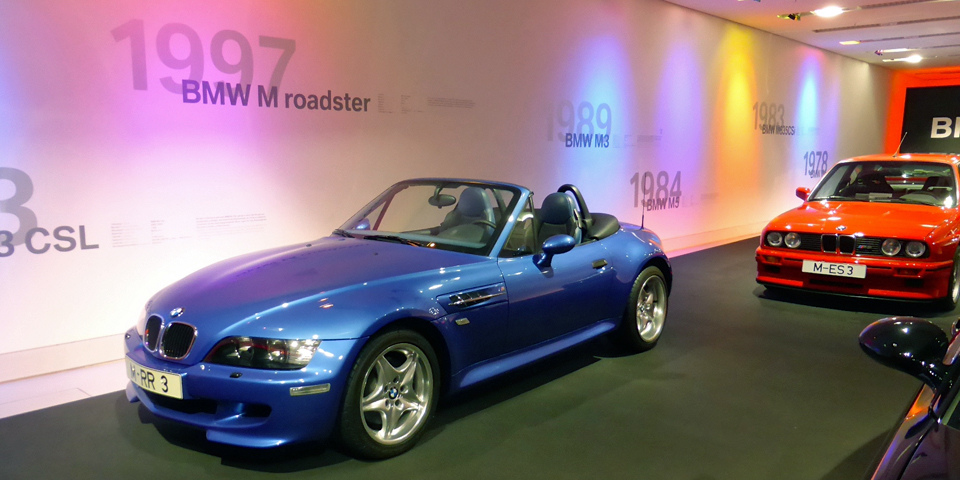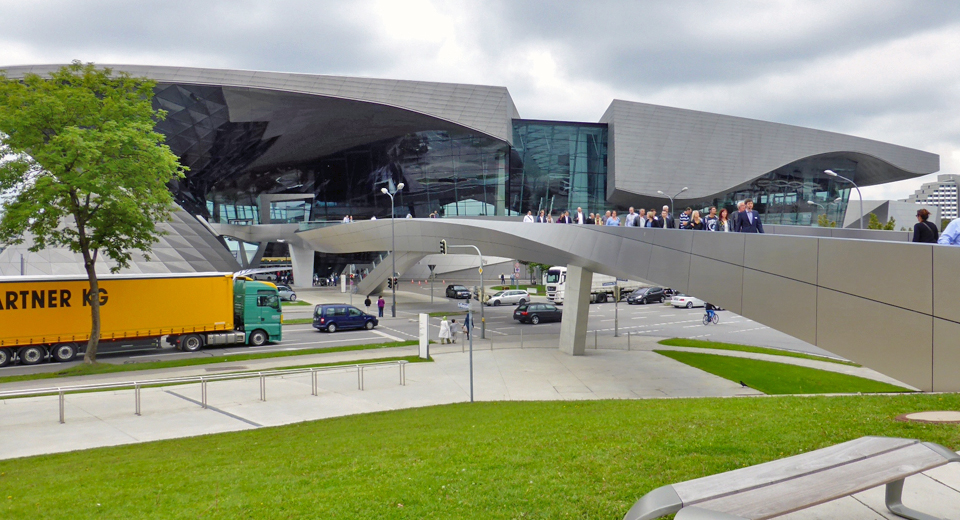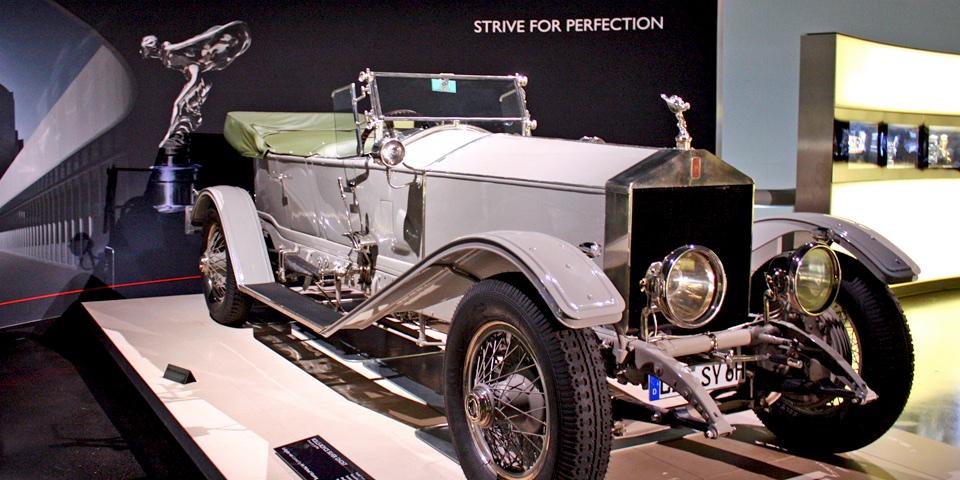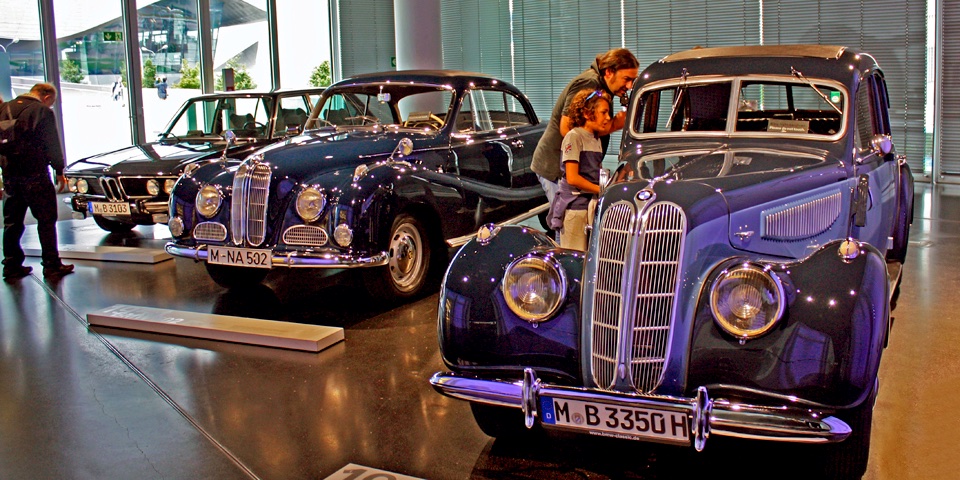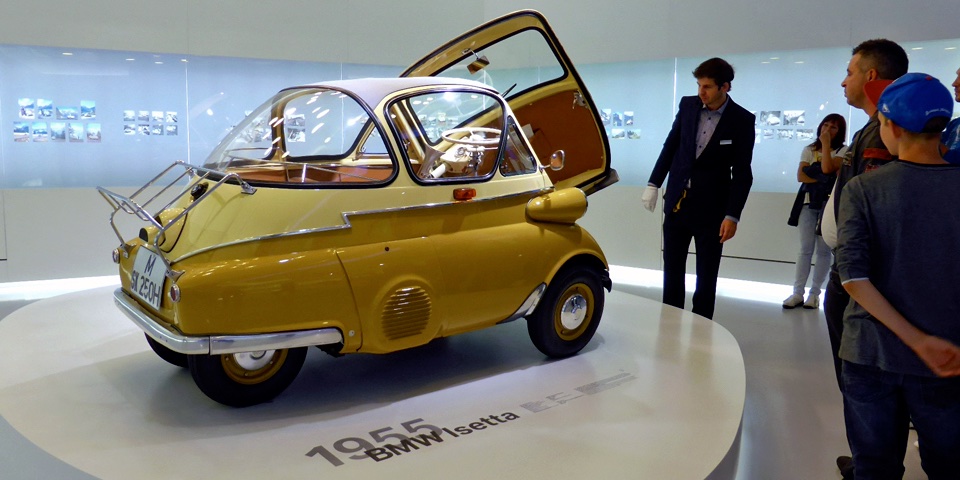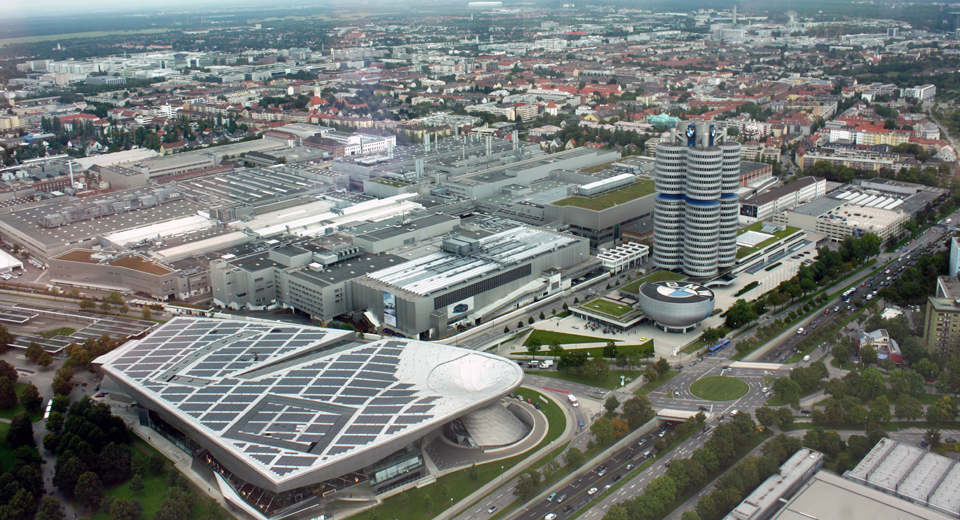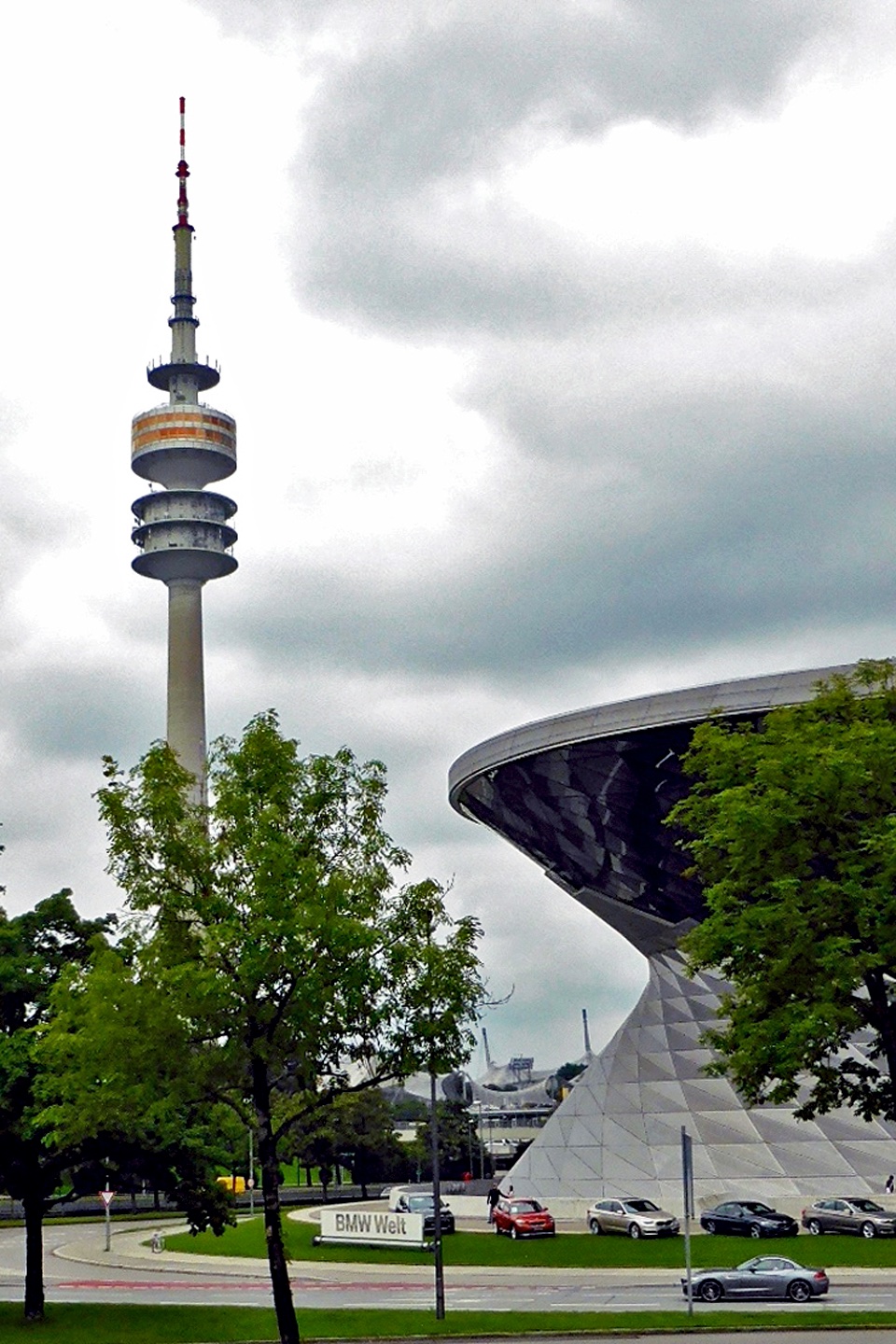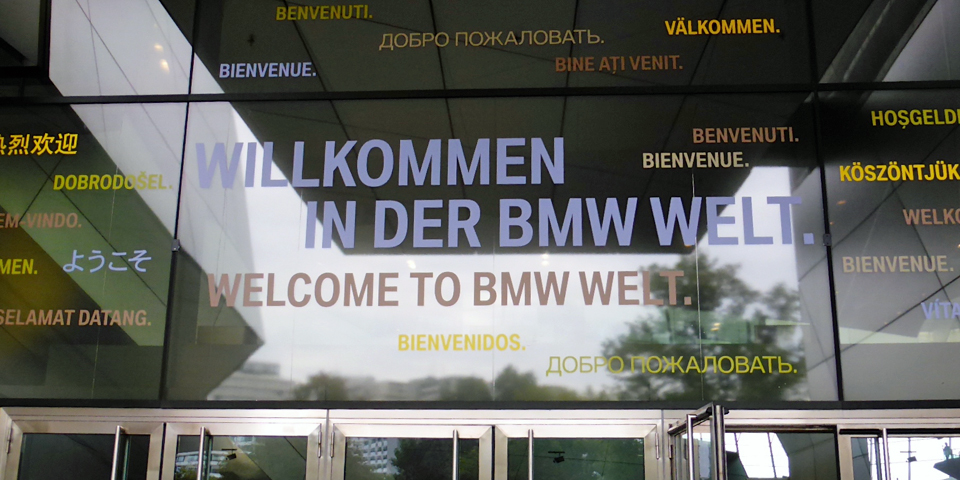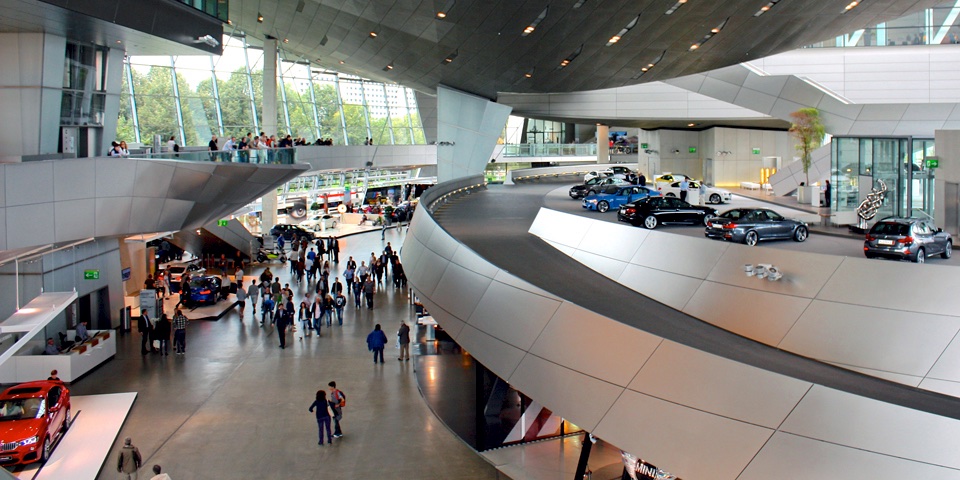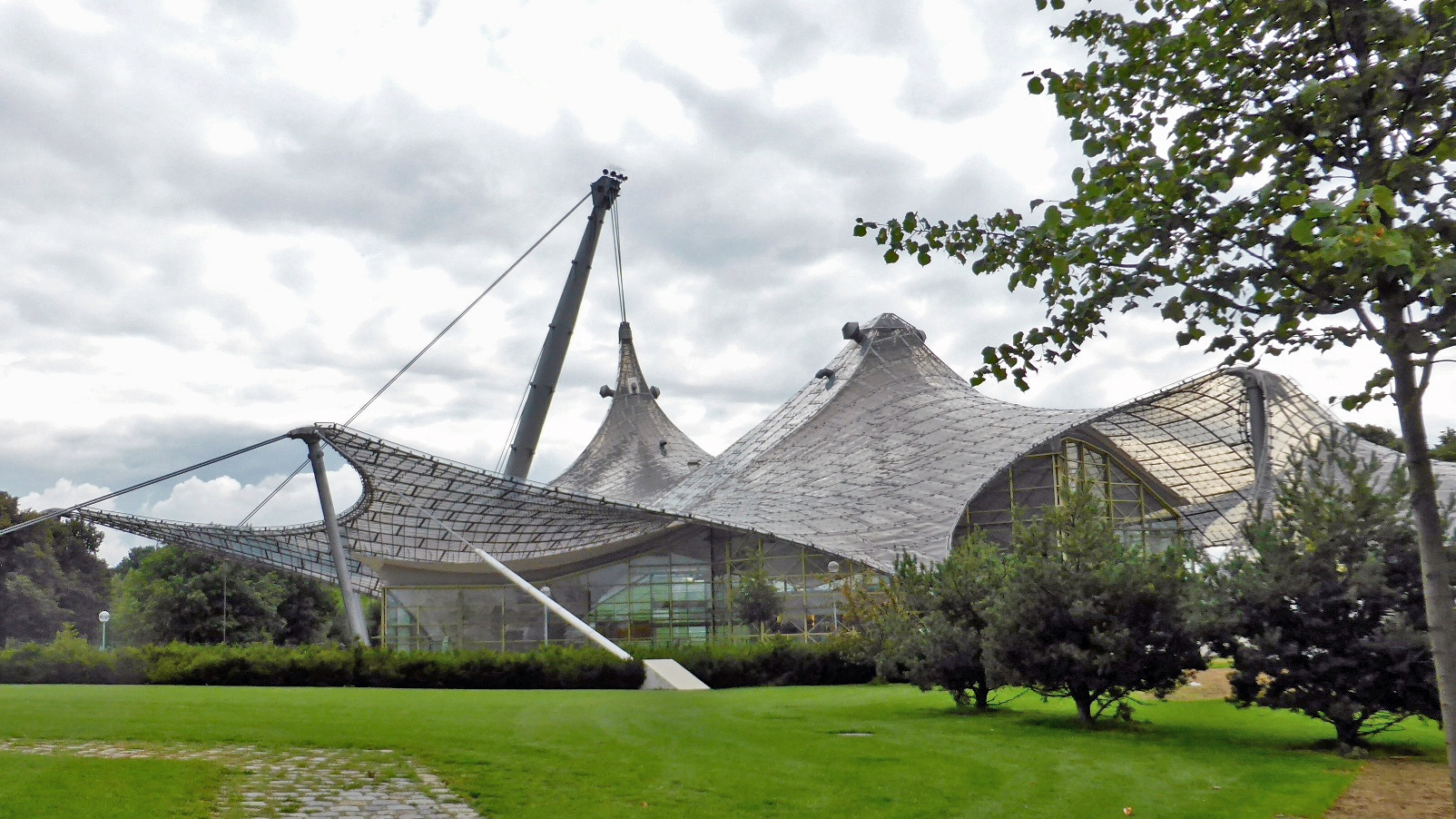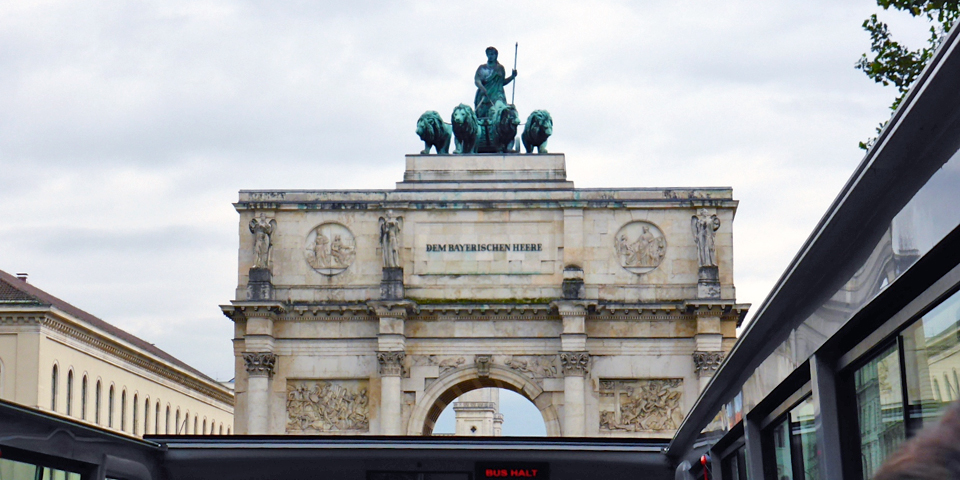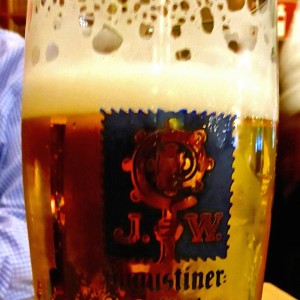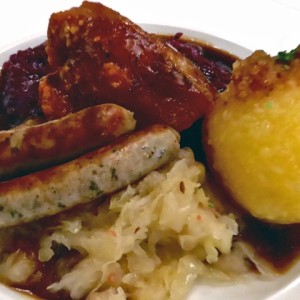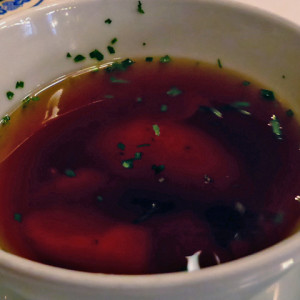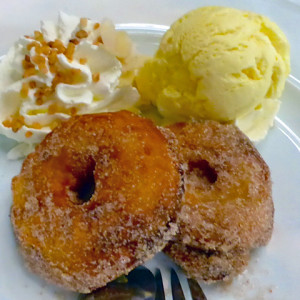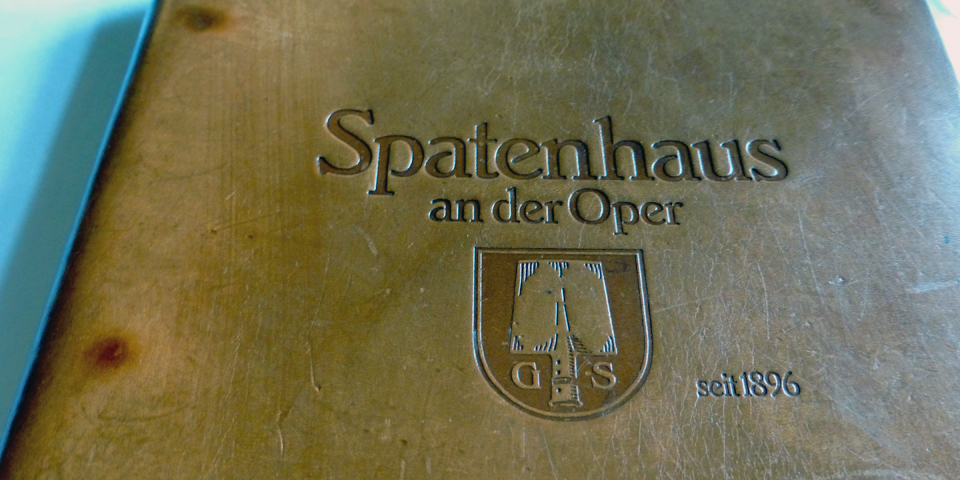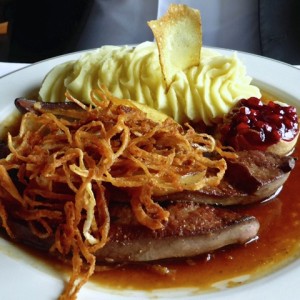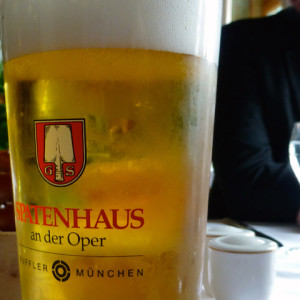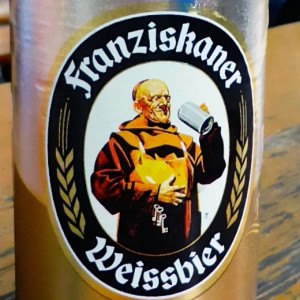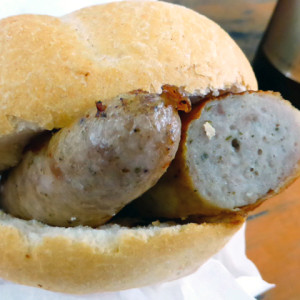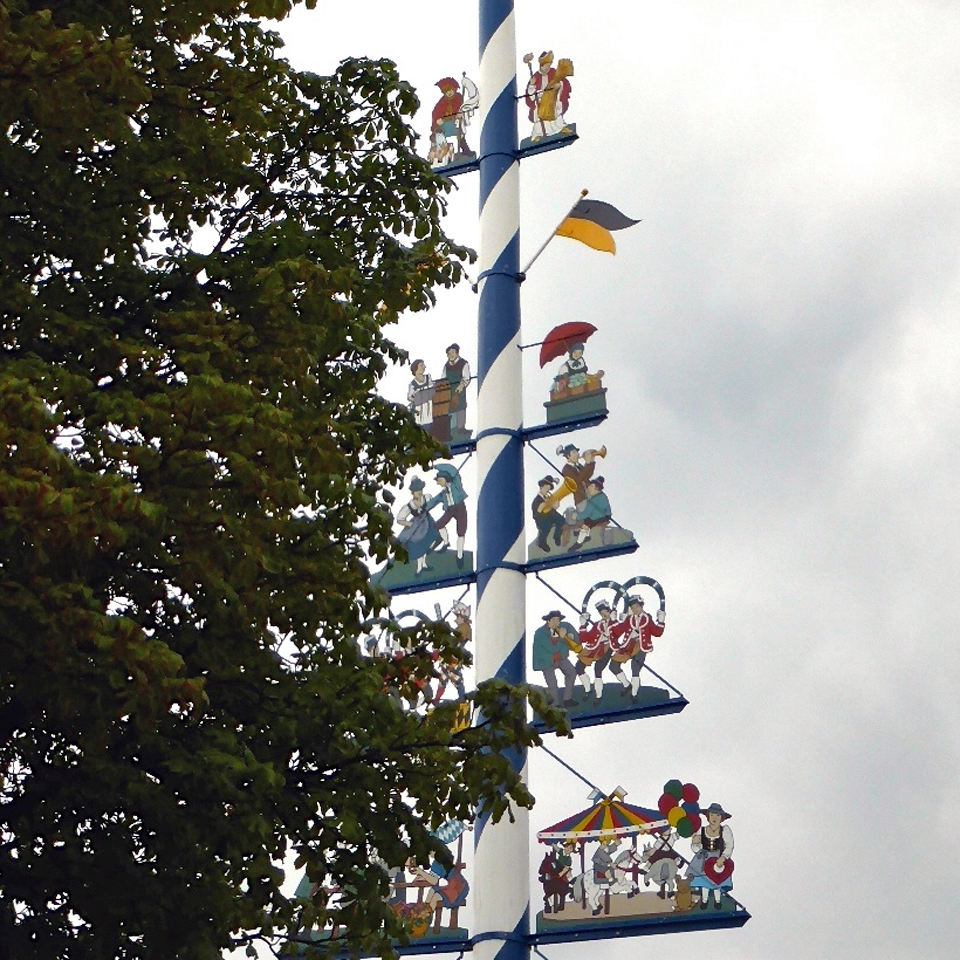The best of Munich in 48 hours
While a visit to the capital of Bavaria is not complete without sausages, pretzels, beer and some oom-pah music, Munich is much more than its celebrated beer halls, beer gardens and even the world-renowned Oktoberfest. Beer is serious business here where the first food (which, of course, involved beer) safety law was enacted. The Reinheitsgebot, Bavarian Duke Albert IV’s beer purity law, dates to 1487. Beer cellars and gardens go back to when monks brewed the beer, stored it in cellars, and set up tables in the garden to sell it to the public
Munich is also a city of technology, culture and sports with a beautifully restored Old Town, regal gardens, palaces, a lively food market, and more than eighty museums. Munich is the BMW headquarters and a place to see decades of cars from the MINI to the Rolls-Royce or have your own car made-to-order.
While other German cities, like Frankfurt, focused on the modern in rebuilding after World War II bombing, the people of Munich used their American aid and Nazi photographs to preserve their heritage and restore the Old Town. This and improvements made for the 1972 Olympics brought about a pedestrian zone and the U-bahn system.
Munich, with a population of over 1.3 million residents, has been named one of Germany’s most livable cities. It is often called a “village of a million people”.
With only 48 hours from our arrival by train to our departure for our flight home, we opted for the convenience of the narrated Gray Line Hop-On Hop-Off double-decker bus tour. Our 24-hour tickets gave us an overview of the city, easy access to its top attractions, and time afterwards to explore independently.
Here is what we discovered on this tour, from a guide the next morning, and on our own. Since our time was limited, some of the photos were snapped from the moving bus and are not as high a quality as we hoped.
The tour’s bus first stop is in the art museum district, Kunstareal, site of the Alte (Old) Pinakothek, built by Ludvig I to house the Wittelsbach collection that goes back to William IV and spans the 14th through 19th century. The House of Wittelsbach ruled from 1180 to 1918, as dukes, electors, and, when Bavaria became a kingdom, as kings. Among its 14th to 18th century art is the largest Rubens collection in the world, including his “Last Judgment”, one of the largest canvasses Rubens painted.
The art museum district also includes the New Pinakothek (19th century art) and Pinakothek of Modern Art (20th century art) as well as museums of Greek and Roman art, Egyptian art, and several galleries.
Next was Odeonsplatz, a beautiful square named for a 19th century concert hall bombed in World War II. This area was outside the city before the late 1700s, when the walls were torn down in to accommodate the expanding city.
Ludwig I had the square built as a gateway to Ludwigstrasse, a stately boulevard of monuments and impressive Neo-Gothic buildings that spans the city and served as a military parade route. It connects Odeonsplatz to Siegestor, the Triumphal Arch, now a monument to peace.
Other attractions at this stop are Maximilian I’s 17th century Italian-style formal garden, Hofgarten, and Theatinerkirche, a 17th century Italian high-Baroque style church with an 18th century Rococo facade.
The square’s Felderrnhalle was modeled after the Loggia dei Lanzi in Florence and built to honor the Bavarian army. It became a Nazi shrine after the “Beer Hall Putsch”, when four Bavarian policemen and sixteen Nazis were killed in a coup attempt by Adolf Hitler and a mob of his early supporters that included Rudolf Hess. Hitler served nine months of his five year prison sentence for treason, during which he wrote Mein Kampf. The trial’s newspaper coverage gave Hitler national recognition, and after he gained power, a Nazi salute was required from all who passed by Felderrnhalle.
Another Ludwig I project, Max-Joseph-Platz was next. It is the stop for the Wittelsbach royal residence, which has been expanded and remodeled many times since it was built in 1385 and is now one of Bavaria’s largest museums. Its lavish interior includes the private apartments, the Cuvilliés Theater, the world’s finest rococo theater, and the Schatzkammer, an impressive treasury of Wittelsbach jewels.
The square’s bronze statue features Ludwig I’s father, Bavaria’s first king, Maximilan I Joseph, who, we were told, he did not want to be depicted seated lest he appear seated on another sort of “throne”. His son did so anyway.
Maximilian was crowned as king in 1806 by Napoleon with the condition that Maximilian’s daughter marry Napoleon’s stepson, thereby bringing royal status to Napoleon’s family. Maximilian I was popular and liberal king who, like his son, Ludwig, initiated grand building plans that raised Munich to the level of other royal centers of power.
The Königsbau, a palace annex modeled after Pitti Palace in Florence, is to the north of the square. The opera company, founded in 1653, is now based in Munich’s beautiful National Theater, to the east. Munich’s Opera Festival is renowned for being one of the world’s finest.
The National Theater, Max-Joseph-Platz, Munich, opened in 1818 and reopened in 1963 after restoration from World War II bombing.
A mile of Munich’s most luxurious shops run alongside the square, on Maximilian Street.
To the west, a memorial to Michael Jackson is opposite the luxurious Bayerische Hof hotel, where the entertainer often stayed. The Maximilianeum, site of Parliament, is on the street’s eastern end. It was built by King Maximilian II to provide room and board for top students, a tradition that continues today. Parliament is also located here.
The next stop, Marienplatz, was renamed for the Virgin Mary in hopes of protection from the cholera epidemic. Maximilian I had its food stalls moved to nearby Viktualienmarkt in 1807, and medieval jousting, tournaments and public executions are no longer held here, but Marienplatz remains the heart of Munich.
Its original Old Town Hall was destroyed by fire in the 1400s, rebuilt in Gothic style, destroyed in World War II, and rebuilt afterwards according to the original plans. The Toy Museum is inside, and there is a spectacular view from the top of the 12th century tower.
Construction of the majestic Flemish Gothic New Town Hall began in 1867. A 1909 addition that included the 259’ tower made this building an impressive 300’ long.
Its two-story glockenspiel has 32 nearly life-size figures that reenact 16th century events at 11 a.m., noon, and, except winter, at 5 pm. The upper level depicts part of local Duke Wilhelm V and Renata of Lorraine’s lavish three week wedding celebration in 1568. It is complete with jousting tournaments by knights on horseback — white and blue for the Bavarian groom against the bride’s red and white French knights.
The Barrel Maker’s Dance, Schäfflertanz, is performed on the glockenspiel’s lower level. In 1517 coopers danced in the streets with hoops wrapped in greens to show that the plague was over and it was safe to go outside and celebrate.
Every seven years the Schäfflertanz, with dancers, hoop twirlers, and clowns, is performed in Munich during the German Carnival known as Fasching. The next performance runs January 6th to March 5th, 2019.
The eight mid-19th century figures on the corners of the fish fountain are original and the oldest items on the square. The rest of the fountain was rebuilt after being damaged in World War II.
True to the emphasis on historic preservation, the statuary on the facade of the New Town Hall features noble and royals. A tourist information office is found inside this colorful gate.
The nearby Frauenkirche, Cathedral Church of Our Lady, is the symbol of Munich and the earliest Wittelsbach burial site. It was built in 1468 and rebuilt after heavy damage in World War II. The footprint of the Devil is said the be on the entrance floor. Climb the south tower for a stellar view of the city and Alps.
It’s a short walk to the popular beer hall, Hofbräuhaus, established by duke Wilhelm V in 1589 for the brewing of royal beer. It is one of the beer halls where Hitler gave speeches to attract support from people frustrated by the difficult times that followed World War I, and epitomizes all that a beer hall should be.
This colorful place now attracts tourists and locals for its traditional music, huge pretzels and steins of beer, and waitresses in dirndls.
The Palace of Justice, with its glass and steel dome, dominates the next stop, Karlsplatz, named for elector Karl Theodor. He had the city wall, which was no longer useful in defending the city, demolished to accommodate the expanding city. The square is commonly known as Stachus for its popular beer garden. Three gates from the old city wall still stand here, including the 14th century Neuhauser Tor, renamed Karlstor for the Bavarian elector. The pedestrian shopping district runs between Karlstor to Marienplatz.
En route to Nymphenburg Palace, the guide pointed out some of Hitler’s buildings and the road leading to Dachau, his first concentration camp, which is now a museum and memorial. We spotted signs for Munich’s annual Oktoberfest as we passed the Löwenbräu (“lion’s brew”) keller, one of the oldest beer gardens in Munich.
Oktoberfest begins September 20 and runs for 16 days, sometimes a day or two longer to include German Unity Day, October 3. It began in 1810 as a celebration for the people for crown prince Ludwig of Bavaria’s wedding.
Thousands of Bavarians in traditional costumes walk in the parade that runs down Maximilian Street to the Oktoberfest grounds, Theresienwiese, the “Wiesn”, named for Ludwig’s bride. Millions revel in the fun and games annually, enjoying traditional foods and Munich beers.
A canal where people now ice skate in winter leads to Nymphenburg Palace, our first destination. Bavarian Elector Ferdinand Maria built this Italian villa style country estate on 600 acres west of Munich for his wife, the Italian princess Henriette Adelaide of Savoy, to celebrate the birth of their son and heir to the throne, Maximillian II Emanuel. She called her summer palace “Borgo delle ninfe”, “abode of the nymphs.” (No palace was built for the birth of the first-born, a daughter, Maria Anna Victoria.) Ludvig II, the “Fairytale King,” was born here in 1845.
It has been greatly expanded over the years.
Since the German Revolution of 1918 Nymphenburg Palace has belonged to the state, but the family of Franz, Duke of Bavaria and head of the Wittelsbach family, is allowed to live on the top floor. They often stop to chat with visitors.
The frescos and stucco of Nymphenburg’s glorious Great Hall make it one of the best examples of Bavarian rococo style.
King Ludwig I’s Gallery of Beauties, portraits of noble and middle-class women, includes the king’s daughter, his Irish mistresses, relatives, popular actress Helene Sedlmayr, the shoemaker’s daughter “Schöne Münchnerin” (the Beauty of Munich), and the notorius Spanish dancer Lola Montez, who was responsible for a revolution and Ludwig I’s abdication.
Tram 17 also stops at Nymphenburg Palace. Admission to the park is free. A palace combination ticket (11.50 Euros, discounts available) also includes admission to the Museum of Nymphenburg Porcelain, the Carriage Museum, and the park palaces.
One could easily spend an entire day at Nymphenburg Palace, but with our limited time, we needed to move on to the next stop.
Anyone who has admired BMW’s innovative roadsters and design (and who hasn’t?) will want to tour the BMW Museum’s 43,000 square feet and nine decades of automobiles, motorcycles, and engines, past and future.
It’s next to the distinctive “4 cylinder” BMW Building.
A bridge connects the museum to the admission-free BMW World (Welt), the place to see the latest model BMW, MINI and Rolls-Royce Motor Cars and BMW motorcycles. Guided tours may be booked here for a behind the scenes looks at the production processes at the BMW Plant.
Cross a bridge to Olympic Park, site of the 1972 Summer Olympics , and now a recreation area. It is is easily identified by its distinctive roof design and the 951’ high Olympic Village’s TV Tower, which offers a 360° view of the city.
Back on the bus, the tour continued to Munich’s main boulevard, Leopoldstrasse, which becomes Ludvigstrasse. It passes the over 55’ high Walking Man statue in front of the RE building, and continues to Siegestor, the triple-arched Victory Gate dedicated to the Bavarian army and now a symbol of peace.
There are open-air cafes and it is a short walk to the 569 acre English Garden, Europe’s largest public garden. It was commissioned by Archduke and Elector Carl Theodor for the military and originally called Theodore’s Park. There is a Japanese tea house built for the 1972 Olympics. The meadow from there to the Greek temple known since the 1960s for nude sunbathing, and one of its two beer gardens is inside a Chinese pagoda that was rebuilt after World War II.
That night we enjoyed the beer and sampler plates of Bavarian favorites at Augustiner Klosterwirt, right by the towers of the Frauenkirche.
The Augustinian Brotherhood monastery began brewing beer in 1328, making theirs the oldest brewery in Munich. The 13th century Augustinerkloster was Abbey Church of the Augustinian hermits.
On our second day we explored more of the Old Town more on our own. We returned to Max-Joseph-Platz for lunch at Spatenhaus an der Oper, worthy of a splurge just for the view of this square from the window tables in the elegant upper floor.
Traditional Bavarian food is served on the ground floor, and an array of fine cuisine is served upstairs.
Traditional Bavarian food is served on the ground floor, and an array of fine cuisine is served upstairs.
Dinner? After browsing the array of food, flowers, and handicrafts at the Viktualienmarkt, we bought some weisswurst, Munich’s signature white sausages, from a stall and some local brews of the day and sat with locals at a picnic table and under a chestnut tree in the beer garden.
Viktualienmarkt is easy to find. Just look for the maypole, which served as an infomercial back in times of illiteracy. It depicts local themes, trades, and crafts, something quite useful then for traveling salesmen or craftsmen seeking employment. Munich’s current maypole includes beer brewing and dancing coopers.
Getting around
Other top museums include the interactive Deutsches Museum, the largest technical and scientific museum in the world, the Bavarian National Museum, with treasures the Wittelsbachs and from throughout Europe, and the Munich City Museum’s not-to-be-missed 15th century Morris Dancers.
Most of Munich’s attractions are in the historic area or easily reached by subway or tram. A One-or Three-day transportation ticket is a convenient and economical way to get around on the public transportation system of underground (U-bahn), suburban trains (S-bahn), trams and buses. The Munich CityTourCard ticket includes transport as well as discounts at over sixty partners —museums, tours, restaurants, and more, including a discount on Gray Line Tours. Just be sure to validate your ticket in one of the stamping machines at the entrance to U- and S- Bahn stations or on trams or buses before using the transport system or risk a €40 fine.
The Hop-On Hop-Off route begins at the main train station, Hauptbahnhof. We opted for the Grand Circle Tour (24 hours, €22; 48 hours, €27 ), a 2 1/2 hour loop, plus time for stops. It adds Nymphenburg Palace, the Olympic Park, and BMW World to the six city stops of the Express Circle Tour (€15.50).
The Golden Circle Plus Tour also goes north to Germany’s favorite sports venue, the donut-shaped Allianz Arena. This home of the Bayern Munich soccer team and Germany’s largest club museum is the world’s first stadium to have a full color-changing exterior.
Prices are as of September 2014 and are subject to change.

